Scissors are one of the most commonly used tools in our daily lives. Whether it’s for cutting paper, fabric, or even hair, scissors play a crucial role in many tasks. However, there are times when our trusty pair of scissors suddenly stops working properly – they just won’t close! This can be frustrating and can hinder us from completing our work efficiently.
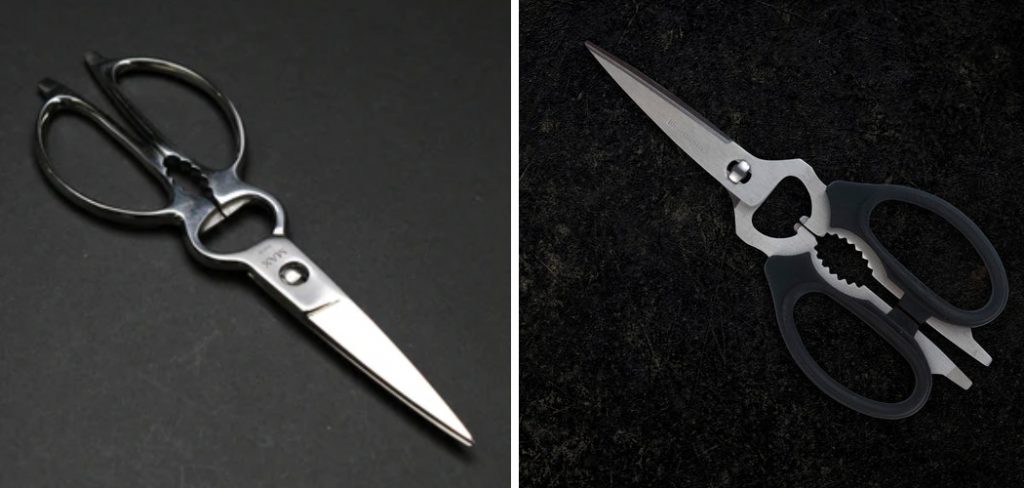
The main advantage of fixing scissors that won’t close is the ability to save money and reduce waste. Instead of constantly buying new pairs of scissors, you can simply fix them yourself with a few simple steps. This not only saves you money but also reduces your contribution to waste production. In this blog post, You will learn in detail how to fix scissors that won’t close.
Step-by-step Instructions for How to Fix Scissors That Won’t Close
Step 1: Inspect the Blades
The first step in fixing scissors that won’t close is to inspect the blades. Look for any visible debris or build-up on the blades that may be preventing them from closing properly. If there is something obstructing the blades, carefully remove it with a pair of tweezers or a small brush.
Step 2: Clean the Blades
Once you have inspected the blades, clean them using a cloth or paper towel and rubbing alcohol. This will remove any dirt, grime, or residue that may be causing the scissors to stick.
The pivot screw is what holds the two blades of your scissors together. If it is too tight or too loose, it can affect the movement and closing of the blades. Use a screwdriver to adjust the pivot screw, making sure it is neither too tight nor too loose.
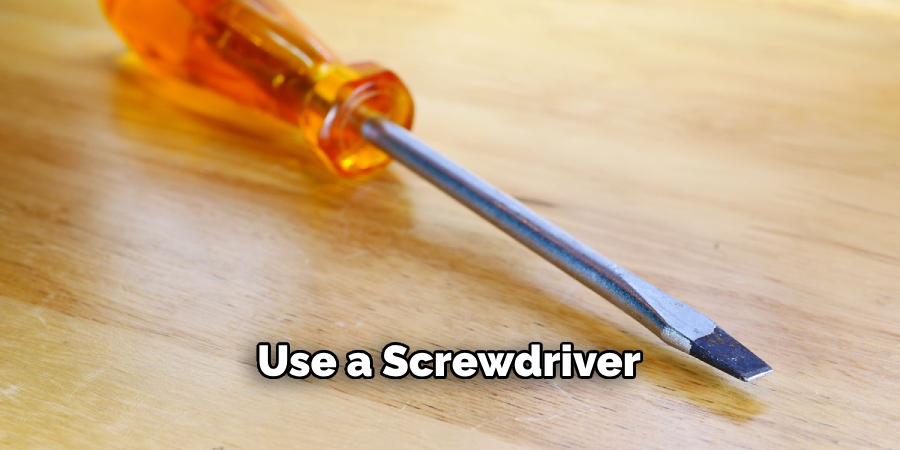
Step 3: Lubricate the Pivot Point
If the pivot point of your scissors is dry or sticky, it can also cause them to not close properly. Apply a small amount of oil or lubricant to the pivot point and work it back and forth to distribute it evenly. This will help the blades move smoothly and prevent them from sticking.
If the scissors are still not closing after cleaning and adjusting the pivot screw, it is possible that one or both of the blades are bent. Carefully inspect each blade for any signs of bending or damage. If you find a bent blade, use pliers to gently straighten it out.
Step 4: Use Sandpaper
If the blades are not bent but still have rough edges or burrs that are preventing them from closing, you can use sandpaper to smooth them out. Gently rub the blades with sandpaper until they are smooth and even. Over time, the screws on your scissors may become loose and affect the movement of the blades. Use a screwdriver to tighten any loose screws, but be careful not to over-tighten them.
Step 5: Replace Damaged Parts
If all else fails and your scissors are still not closing properly, it may be necessary to replace damaged parts. This could include the blades, pivot screw, or any other component that is causing the issue.
If your scissors have adjustable tension, make sure it is set correctly. If it is too loose or too tight, it can affect the movement of the blades. Use a screwdriver to adjust the tension according to your scissors’ manufacturer instructions.
Step 6: Regular Maintenance
To prevent your scissors from becoming stuck or not closing properly in the future, it is important to regularly maintain them. This includes cleaning the blades after each use, lubricating the pivot point periodically, and checking for any loose or damaged parts.
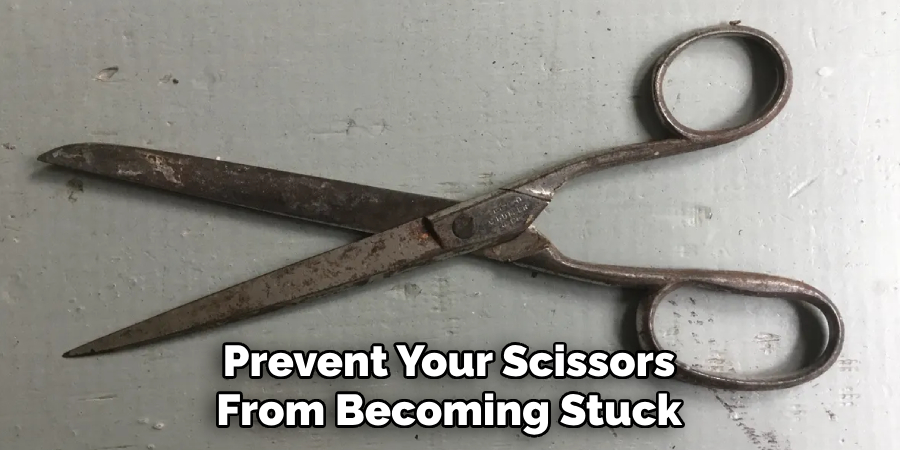
These steps should help you fix scissors that won’t close, allowing you to continue using them for all your cutting needs. Remember to always use caution when working with sharp objects and consult a professional if you are unsure about any steps in the process.
Precautions for How to Fix Scissors That Won’t Close
- Always wear protective gloves to avoid injury when handling scissors.
- Make sure to work in a well-lit area for better visibility.
- Keep small children and pets away from your work area to prevent accidents.
- Use caution when adjusting the pivot screw as it can be sharp or have a lot of tension.
- If using sandpaper, be gentle and careful not to damage the blades.
- Consult a professional or the manufacturer if you are unsure about any steps in the process.
- If the scissors cannot be fixed, dispose of them properly to avoid potential hazards. Remember to always prioritize safety when working with sharp objects.
With these precautions in mind, you can successfully fix scissors that won’t close and ensure they continue to function properly for all your cutting needs. Don’t let a simple issue like stuck scissors hinder your productivity, follow these steps and stay safe while doing so.
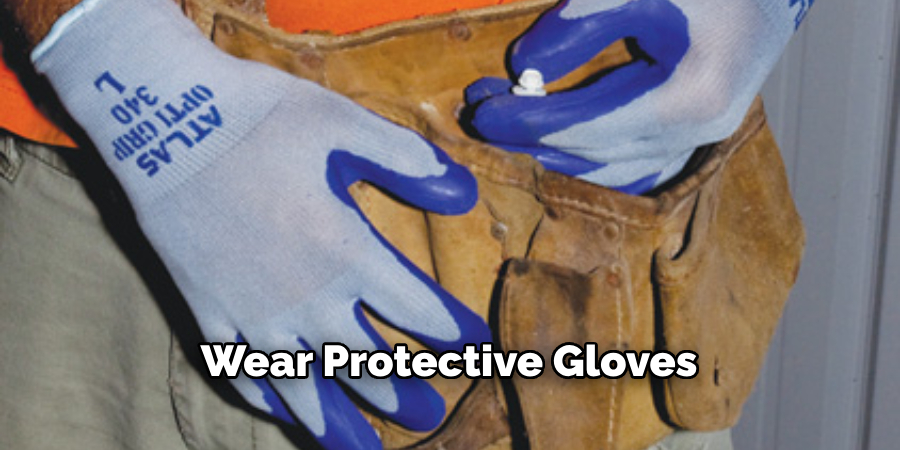
Are There Any Common Mistakes That Could Be Causing Your Scissors to Not Close?
Scissors are an essential tool that we use in our daily lives, whether it is for crafting, sewing or even cooking. We rely on them to make precise cuts and they become a vital part of our work when they function properly.
However, there are times when our scissors just won’t close, leaving us frustrated and unable to complete the task at hand. Before you think about throwing them away, there are a few common mistakes that could be causing your scissors to not close properly. Let’s take a look at some of these and how you can fix them.
1 . Dull Blades
One of the most common reasons for scissors not closing is that their blades have become dull. Over time, with repeated use, the blades lose their sharpness, making it difficult for them to cut through materials. This can also cause the blades to become misaligned, which affects their ability to close properly. To fix this issue, you can sharpen your scissors using a sharpening stone or take them to a professional for re-sharpening.
2. Buildup of Dirt and Debris
Scissors are often used on various surfaces, from paper and fabric to food items. This can lead to the accumulation of dirt, dust, or debris between the blades, which can prevent them from closing properly. To fix this issue, you can use a soft cloth or cotton swab to clean out any buildup in between the blades. You can also use rubbing alcohol to dissolve tougher debris.
3. Loose Screws
Another common mistake that could be causing your scissors to not close is loose screws. Over time, the screws holding the blades together can become loose, affecting their movement and causing them to not close properly. To fix this issue, you can use a screwdriver to tighten the screws and ensure that they are secure.
4. Worn-out Pivot Point
The pivot point of scissors is where the two blades meet and move together. With repeated use, this pivot point can become worn-out, causing the blades to lose their proper alignment and making it difficult for them to close. To fix this issue, you can try lubricating the pivot point with some oil or WD-40. If this does not work, you may need to replace the pivot screw or take your scissors to a professional for repair.
By identifying and addressing these issues, you can save yourself the frustration of using malfunctioning scissors and extend their lifespan. Remember to regularly clean and maintain your scissors to ensure they function smoothly and effectively whenever you need them.
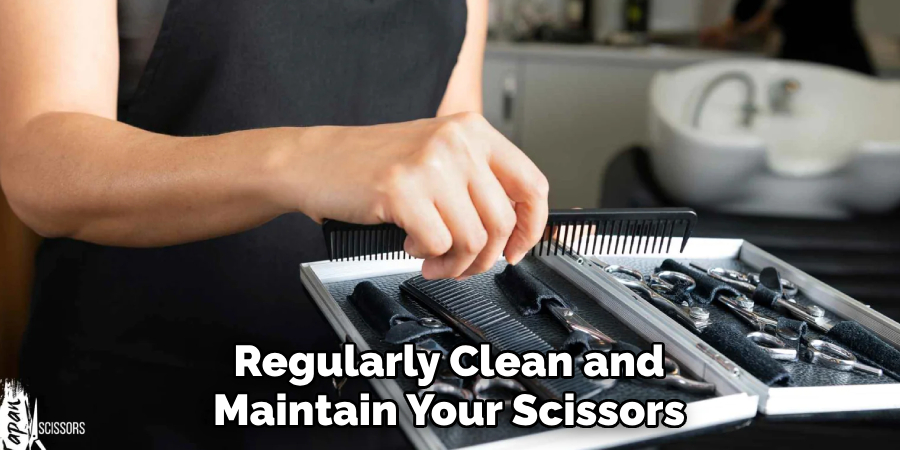
How Can You Prevent Your Scissors From Getting Stuck and Unable to Close in the Future?
While understanding and fixing the common mistakes that could be causing your scissors to not close is important, it’s equally crucial to know how you can prevent these issues from occurring in the future. Here are a few tips to keep your scissors functioning properly for longer:
- Store your scissors in a safe place: Avoid leaving your scissors lying around or throwing them into a cluttered drawer. Always store them in a dry, clean place to prevent any buildup of dirt or debris.
- Use the right scissors for the job: Using your fabric scissors to cut paper or food can cause them to become dull and misaligned quickly. Invest in different types of scissors for specific tasks.
- Regularly clean and maintain your scissors: As mentioned earlier, regular cleaning and maintenance can prevent common issues that affect the proper functioning of scissors. It’s recommended to clean your scissors after every use and sharpen them periodically.
- Use caution while cutting: It’s essential to be mindful while using your scissors, especially with tougher materials like thick fabrics or cardboard. Avoid putting excess pressure on the blades, as this can lead to them becoming misaligned or damaged.
By following these simple tips, you can ensure that your scissors stay in good shape and continue to serve as a reliable tool for all your cutting needs. So the next time your scissors won’t close, don’t panic – just remember to check for these common mistakes and take the necessary steps to fix them.
Conclusion
In conclusion, knowing to fix scissors that won’t close can save you a lot of frustration and money from constantly buying new ones. It’s important to regularly maintain your scissors by cleaning and oiling them, as well as storing them properly. If your scissors do become stuck or won’t close, there are multiple methods you can try to fix them including adjusting the tension screw, sharpening the blades, or using household items like aluminum foil or sandpaper.
By following these steps and taking good care of your scissors, you can ensure they will last for a long time and continue to function properly. I hope this article has been beneficial for learning how to fix scissors that won’t close. Make Sure the precautionary measures are followed chronologically.
